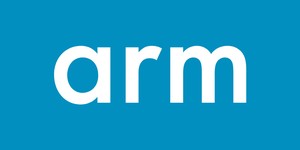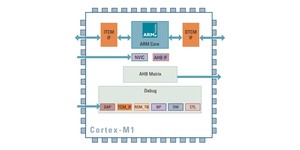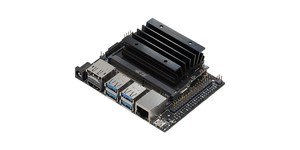
Arm has officially announced its latest response to the growing threat from the free and open source silicon (FOSSi) movement: Arm Custom Instructions, allowing customers to implement their own instructions within the Armv8-M instruction set architecture.
The free and open source silicon (FOSSi) movement, which sees instruction set architectures and implementations made available under permissive licences for cost-free reuse with or without modification, has been accelerating its growth of late. Companies including Western Digital, Nvidia, and Synaptics are increasingly turning to FOSSi in place of proprietary products - and in many cases that means in place of Arm products. It's a threat the company has been looking to address, first with an ill-judged marketing campaign and then by offering a small number of cores under free-as-in-beer terms.
These 'free' cores, however, missed the biggest feature of FOSSi equivalents: The ability to modify the design, from ISA upwards. Now, Arm has admitted that perhaps that's something customers want, and is to launch Arm Custom Instructions as a result.
'A world of a trillion secure intelligent devices will be built on a diversity of complex use cases requiring increased synergy between hardware and software design,' claims Dipti Vachani, senior vice president and general manager for automotive and IoT at Cambridge-based, SoftBank-owned Arm. 'We have engineered Arm Custom Instructions to fuel closer hardware and software co-design efforts toward achieving application-specific acceleration while unlocking greater device differentiation.'
The Arm Custom Instructions programme, launching next year, will allow the company's licensees to request the inclusion of their own instructions into the Armv-8M instruction set architecture at no cost, the company claims. Initially, it will be available on only one core family: The Arm Cortex-M33. Instructions added under the programme will be available for use by any software, and will not affect the core ISA nor the security features of the IP including Arm's TrustZone technology.
More information on the programme is available on the Arm website.

MSI MPG Velox 100R Chassis Review
October 14 2021 | 15:04








Want to comment? Please log in.